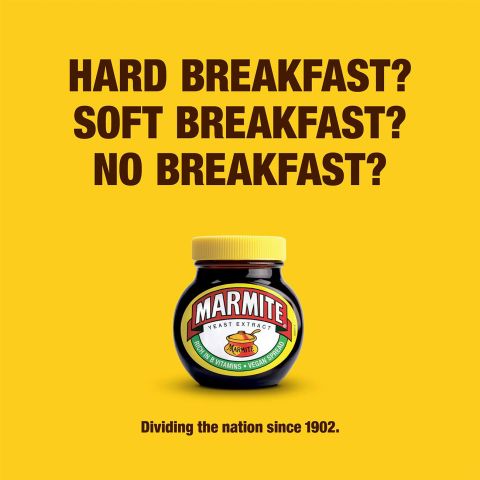

Introduction
Magic consists of tricks which require skill and a lot of practice. It requires intense practice and hard work to achieve the talent and knack for performing magic tricks. Given below are some of the books useful for beginners.
Where do I begin?
Previously, the only way to become a magician was to spend hours learning magic from books. And before that, you had to learn magic as an apprentice. Nowadays however, you can learn magic from other sources too: Interactive CD-ROMs, Videos, and from the Internet. You can also buy ready-prepared tricks from magic shops, and basic tricks from most good toy shops.
Learning magic from books is still better than any other methods, as it teaches you to perform magic in your own way. Sleight of hand is where the magician performs secret moves to help accomplish the effect of the trick. This is actually best learned from videos, as they show you exactly where to place your hands and how to place the objects in your hands that you need.
It is important to have a good knowledge of all magic principles to become a successful magician.
More...
Magic is not learned just from books and videos, but through experience. Go and see a live magic show in your area, even if it is a children’s magician, for young age groups, go along, and get a feel of how a magician performs. It is very important to see a magician live. Also, watch David Copperfield and P.C.Sarkar , if you can, on TV.
There are quite a few tips outlined below:
- Set aside an hour or so a day to learning. Do it regularly, say three times a week, at the same time, and get into the habit of practicing. Treat your magic like studying for exams, and you can’t go far wrong.
- Don’t perform a trick until you can do it with one hand behind your back, blindfolded, and without having to think about what you’re doing.
- Never tell anyone how you do your tricks, as this ruins the effect of the trick.
- Practice in front of a mirror, so that you can see exactly what your audience will see. This will enable you to spot any mistakes you may be making.
- If you have a video camera or camcorder, then video yourself performing, which lets you see just how good/bad you actually are. If you are not satisfied with your performance, then you know that your audience will be too.
- Learn to do as many different types of tricks as you can, so that if someone gives you a coin, you can do a trick with it, or if someone gives you a deck of cards, you’ll be able to do a trick with that too. This is called performing ‘Impromptu’.
- Learn to do your tricks perfectly. This is important.
- Eye contact is essential. Look at each of your spectators in turn. This makes the audience believe that you are talking to them, and not through them.
First Show
Once you have learned a good number of tricks, perhaps 10 or 12, then it’s about time you started thinking about putting a short show together. 30 minutes should do it at this stage.
A successful show has a beginning, a middle and an end, just like any good book. Always start off with a ‘warm-up’ which is a short but startling effect performed by you, normally without audience help, that gets your audience into the swing of things. After the warm-up, perhaps perform a slightly longer effect, with lots of good patter, and perhaps some audience interaction. When creating your routine, don’t put two similar effects together or two long or two short tricks together.
For example, if your first trick involves a vanish, then it’s a good idea not to make the second trick a vanish also. However, if you can find a way to link two effects, for example, using the silks you produced in trick one as part of trick two, then the show flows a little better. Pace yourself, and also remember that variety is the spice of any magic show. Always finish with your most spectacular effect, as a finale.
The length of a show is determined by a whole host of factors, and each must be given careful consideration.
- Setting: Where is the show taking place? If it’s on a stage, and your audience is paying, then obviously they want value for money, and so a longer show is better. However, if you are table hopping in a restaurant, then people don’t want to be disturbed for too long, or their food might get cold, and so 5-10 minutes is probably best.
- Age of audience: As a general rule, the younger the audience, the shorter the show should be. Always leave the audience wanting more.
Live Performance
The best way to get started here is to show a few tricks to family members or close friends and judge their reaction. After you become confident about performing for them, then you can think about doing shows for your local school, playgroup, or party.
Remember that each audience you come across will be different. Children like different types of magic than adults do and each age group you encounter will have different tastes. Remember that each different social class, age group etc. find different things funny.
Money Matters
After a while, you might want to think about performing for money.
Cost is based on the following factors:
- Your age: if you’re young, then you can’t expect to be paid the same as top professionals.
- Location: your location in relation to the show, and also if you’re in a city or a small village etc.
- Intended audience don’t charge for charity shows, and bare in mind that children’s parties should be more affordable than shopping centres.
If you are going a professional,and making a living from your magic, then charge what you need to. Take into account your living expenses, any bills you have to pay, petrol, food, repairs, consumables etc. Divide the number you get when you add it all up by the number of shows you expect to get in a year, and that’s how much you need to charge.
Once you start to make a good reputation for yourself, then you can expect to be paid more for your efforts.
Buying Props
Sooner or later, you will probably have to buy some props.
- Don’t buy trick cards or coins if you can help it. Tricks that require special decks get your audience wondering why you cannot use a normal coin/deck. Try and concentrate on accomplishing your effects by your own skill rather than on machinery.
- When performing with props, keep them clean, freshly painted and presentable at all times, especially in front of paying audiences. Make sure your props work correctly before a performance!
- When you have finished a show, don’t just bung the tricks any old place, keep your props away from dust, and store them properly, and they will last you much longer.
Lastly, be confident and you are sure to succeed. All the Best !!!!!
Related Links

Latest
Articles
CBSE Compartment Result 2023 OUT: Click For Direct Link
Home CBSE Compartment Result 2023 OUT: Click For Direct Link The CBSE 10th Compartment Result 2023 is expected to be
August 3, 2023
IIT Roorkee Launches Professional Certification Program in Product Management
Home IIT Roorkee Launches Professional Certification Program in Product Management The fees five-month long programme is for Rs 1,40,000 +
August 3, 2023
Join Our Whatsapp Community
Lorem ipsum dolor sit amet, consectetur adipisicing elit, sed do eiusmod tempor incididunt ut labore et dolore magna aliqua. Ut enim ad minim veniam, quis nostrud







